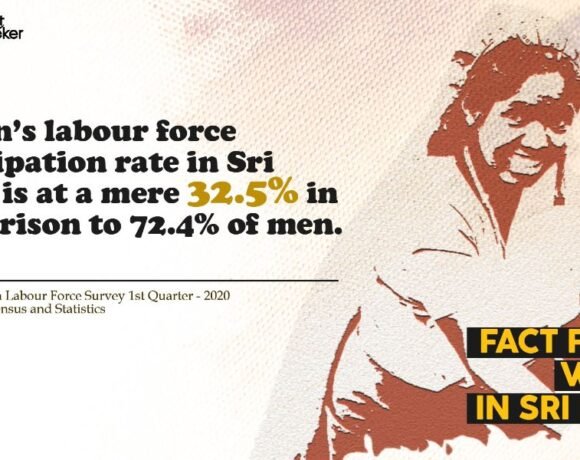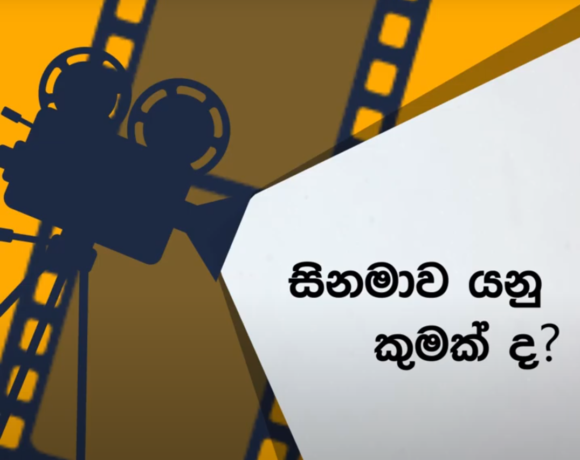
Sinhala Buddhist Nationalism and the African Model for Reconciliation
Asanka Abeyratne
Two international days in March were important for people who were interested in peace and reconciliation. March 21st was the International Day for the Elimination of Racial Discrimination and March 24th, the International Day for the Right to the Truth Concerning Gross Human Rights Violations and for the Dignity of Victims. Unfortunately, the Sri Lankan government ignored these important days.
Sri Lanka has again failed to show up as a state that respects the truth, rights of victims, justice, accountability and prevention of crimes against humanity. UN Human Rights Council mentioned that Sri Lanka has suspended attempts to seek the truth. This article is the first of a series that reconsiders the historical junctures of the ethnic problem of Sri Lanka to contribute to the discourse on peace and reconciliation.
The International Day for the Elimination of Racial Discrimination was named in 1966 to mark the killing of 69 protestors by South African police in a campaign against Apartheid laws at Sharpeville in 1960. The UN General Assembly called all nations to unite in order to eliminate all kinds of racial discrimination. March 21st was also named the South African national day on human rights that commemorates the humanists who struggled for equality, peace and reconciliation in South Africa. South Africans still remember the 1960 March 21st Sharpeville Massacre with the hope of preventing the recurrence of such incidents.
South Africa’s Reconciliation Model
Nelson Mandela was the leader of the South African struggle for peace and reconciliation against Apartheid. South Africa remained an English colony for a long time, and during that period, white South Africans dominated all sectors demeaning the native black people of the country. Nelson Mandela led the struggle against apartheid, suppression and injustice, and he was taken into custody for that reason.
Mandela remained the symbol of the struggle for the freedom of the black community even during the 27-year period he was in jail. The rulers had to release him due to the struggle that gained widespread local and international support. In 1994, he was elected from the South African National Congress as the first democratic President.
Truth Commission
During the five years Mandela was President, he implemented a comprehensive programme for national unity and reconciliation. The remarkable feature of this programme was the compassion extended towards the white race who ruled the country for an extended period, subjugating the black community. The persons who were summoned before the Truth Commission presented self-criticism and apologized. Apartheid in South Africa was thus transformed into a state with reconciliation. Mandela believed the only way for reconciliation was forgiveness. When Mandela stopped on 5th December 2013, his name and good deeds had achieved many commendations from the entire world. Mandela entered history as the leader of the liberation of the black people and the South African symbol against apartheid.
Peace, Reconciliation and Sri Lanka
Sri Lanka became a post-colonial state in 1948 and entered into a civil war in 1979. After 2009, Sri Lanka was a post-war state, but today, the discourse on peace and reconciliation has been undermined by racist politics and the challenge of militarization. The mere end of war is not peace. Many problems have arisen among ethnic communities after the end of the war. Sinhala Buddhist racism has risked peace and reconciliation among ethnic communities, deepening the crisis. Therefore, this is time for reconsidering the efforts for peace and reconciliation. That will lead us to resolve the historical dilemmas that have embraced the nation.
சிங்கள பௌத்த தேசியவாதம் மற்றும் நல்லிணக்கம் தொடர்பான ஆபிரிக்காவின் முன்னுதாரணம்
සිංහල බෞද්ධ ජාතිවාදය සහ සංහිඳියාවේ අප්රිකානු මොඩලය








